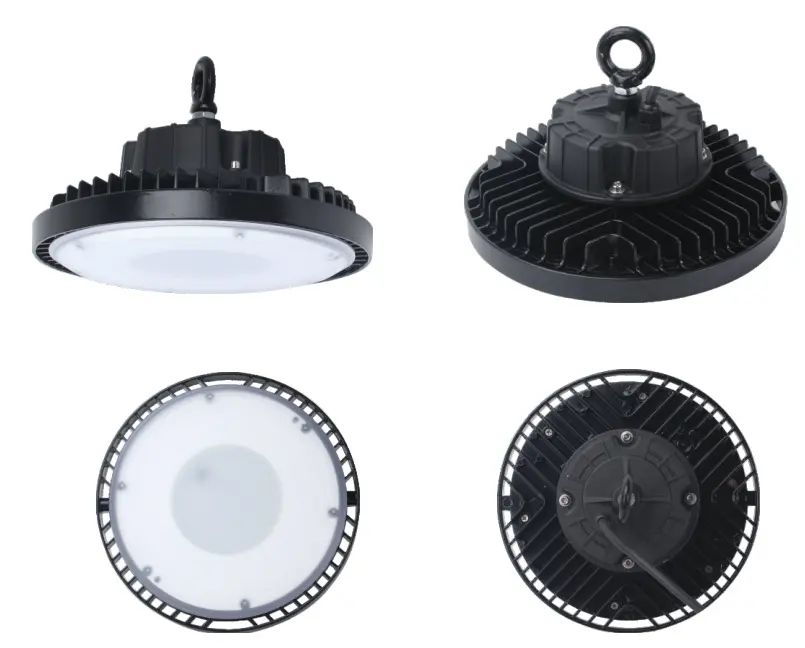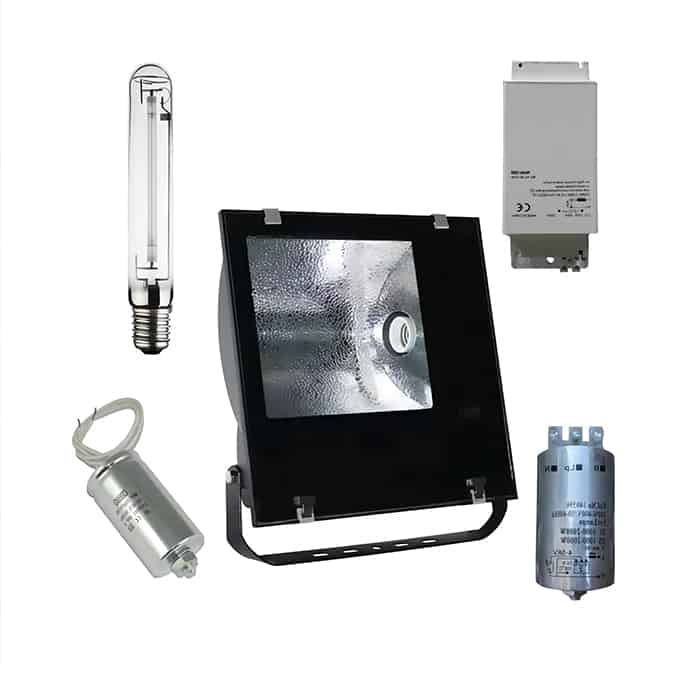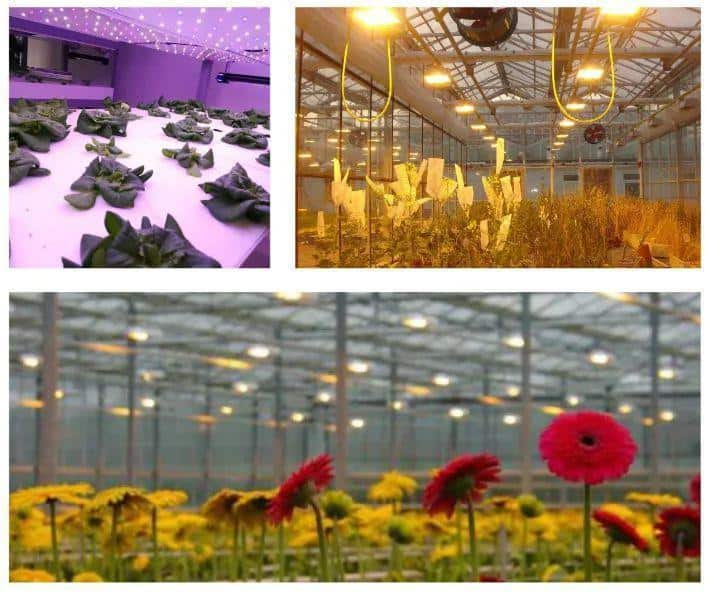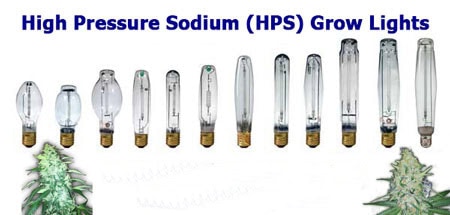Indoor growing requires the best lights to help your plants grow from seeds to when you get the weed off of them. You want to pick the right lights because they do different things for your plants, like saving electricity, the type of light they give off, and what stage of growth your plants are in.
The best lights for growing inside are LED grow lights, HID (High-Intensity Discharge) lights, and fluorescent lights. Each type does different things for your plants based on energy efficiency, the kind of light it gives off, and what stage of growth your plants are in.
Let’s talk about the different types of lights you can use and what they do for your plants at different times.
LED Grow Lights (Best Overall for Efficiency and Spectrum Control)
LED grow lights have become one of the most popular choices for indoor growing due to their energy efficiency, long lifespan, and customizable light spectrum. One of the primary advantages of LED grow lights is their ability to consume significantly less electricity than traditional lighting systems like HID or fluorescent lights. This efficiency results in lower operational costs, making LED lights a smart choice for both hobbyists and large-scale commercial growers looking to save on energy bills.
Another key benefit of LED grow lights is their full-spectrum capability. These lights are designed to simulate natural sunlight, providing the necessary wavelengths for different growth stages. Many LED grow lights allow growers to adjust the spectrum to fit the specific needs of their plants at various stages, from seedlings to flowering. This level of customization helps ensure that plants receive the optimal light for robust growth, healthier development, and higher yields.
HID Lights (Best for Yield and Growth Speed)
HID lights, which include Metal Halide (MH) and High-Pressure Sodium (HPS) lights, are known for their intense light output, making them ideal for growers who want to maximize plant growth speed and yields. Metal Halide (MH) lights are typically used during the vegetative stage, where plants require more blue light to encourage leaf and stem development. This helps plants grow strong and healthy before they transition into the flowering phase.
Once the plants are ready to flower, High-Pressure Sodium (HPS) lights come into play. These lights emit a red-orange spectrum, which is perfect for promoting bud formation and fruiting. HPS lights are especially effective at encouraging larger, denser flowers during the blooming stage. Although HID lights consume more electricity and generate more heat compared to LEDs, their powerful light intensity makes them a go-to choice for growers seeking high yields and fast plant growth.
Fluorescent Lights (Best for Beginners and Small-Scale Growing)
Fluorescent lights, particularly T5 bulbs, are often chosen by beginners and small-scale indoor growers due to their ease of use, affordability, and lower heat output. These lights are less intense than HID and LED options, which makes them perfect for more delicate stages of plant growth, such as seedlings, clones, or young plants.
One of the primary advantages of fluorescent lights is their low heat production. This makes them a safer option for small grow spaces or for growers who are just starting out, as there is less risk of overheating or burning the plants. T5 bulbs, in particular, emit a soft light that is gentle on young plants, reducing the chance of light stress. While fluorescent lights may not be powerful enough for high-yield crops, they are an excellent choice for early-stage growth or small indoor setups.
Light Spectrum and Its Role in Plant Growth
Understanding the importance of the light spectrum is essential for providing the right kind of light to your plants at each stage of their growth. Blue light is essential during the vegetative stage, as it promotes strong, healthy foliage and root development. Growers using LED grow lights or Metal Halide (MH) lights will find these to be the best options for this stage, as they provide the necessary blue wavelengths for vigorous vegetative growth.
As plants transition to the flowering stage, they require more red light to stimulate bud formation and fruiting. High-Pressure Sodium (HPS) lights and full-spectrum LEDs that allow for red-spectrum adjustment are particularly useful during this phase. By providing the correct light spectrum, growers can ensure that their plants produce larger, higher-quality flowers or fruits, ultimately leading to better yields.
Heat Management and Ventilation
Managing heat is a critical aspect of indoor growing, as most grow lights generate some degree of heat that needs to be controlled. HID lights, especially HPS, are notorious for producing large amounts of heat. Without proper ventilation and cooling, the temperature in the grow room can rise too high, causing plants to suffer from heat stress, which can stunt their growth or reduce yields. To prevent this, growers using HID lights should invest in an effective ventilation system that includes fans and air circulation devices to maintain the ideal temperature.
On the other hand, LED grow lights and fluorescent lights produce far less heat compared to HID lights. While this makes them easier to manage in terms of heat control, it’s still important to ensure proper airflow within the grow space. Even with LED or fluorescent lights, maintaining the right temperature and preventing heat buildup will help plants thrive and avoid potential issues like mold or nutrient deficiencies due to high temperatures.
Coverage and Light Placement
In addition to choosing the right type of light, ensuring even light distribution and proper placement is crucial to the success of your indoor grow setup. The coverage area of a light refers to how much space it can effectively illuminate. For larger grow rooms, LED lights with high PPFD (Photosynthetic Photon Flux Density) are ideal because they can provide consistent light across a broader area. HID lights also offer strong coverage, but they require more distance from the plants due to their intense heat output.
Fluorescent lights, such as T5 bulbs, are better suited for smaller setups or for focused lighting in a specific area of your grow room. These lights are also great for growing in tight spaces or for providing supplementary light to areas that may not be receiving enough from the main light source. Regardless of the type of light you use, light distance is critical—position lights too close, and you risk burning the plants; too far, and the plants may not receive enough light to grow properly.
Final Words:
The best lights for indoor growing depend on your specific setup, plant needs, and growth goals. LED grow lights offer the best overall performance in terms of energy efficiency and spectrum control, while HID lights are ideal for growers looking to maximize yield and growth speed.
Fluorescent lights are perfect for beginners or small-scale growers looking for an affordable and easy-to-manage lighting solution. By understanding the strengths and applications of each type of light, you can optimize your indoor grow space and ensure healthy, productive plants.




